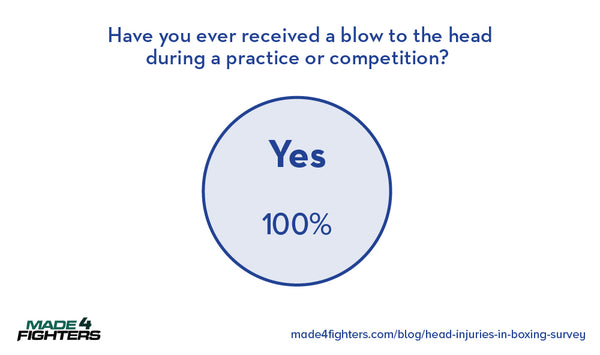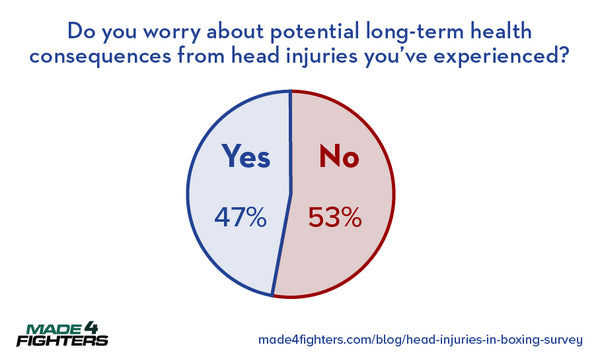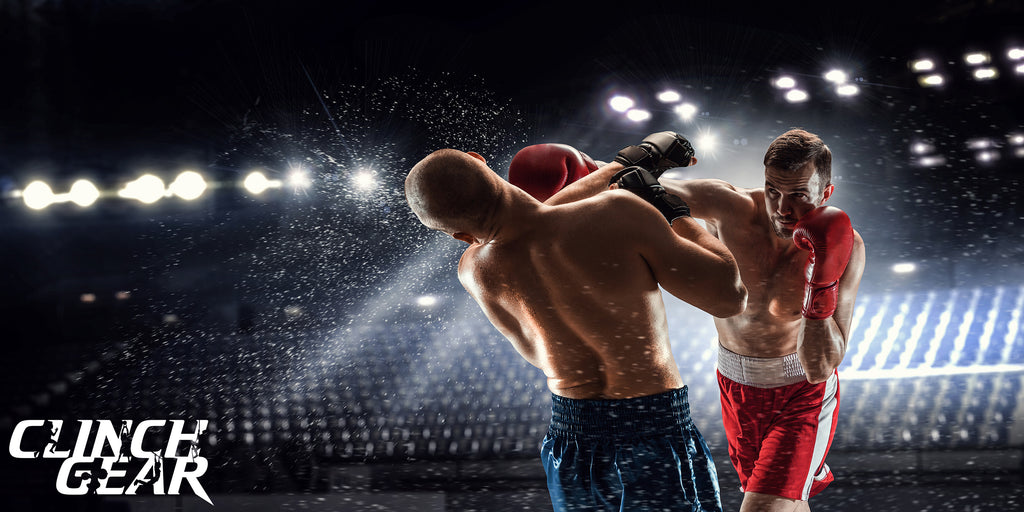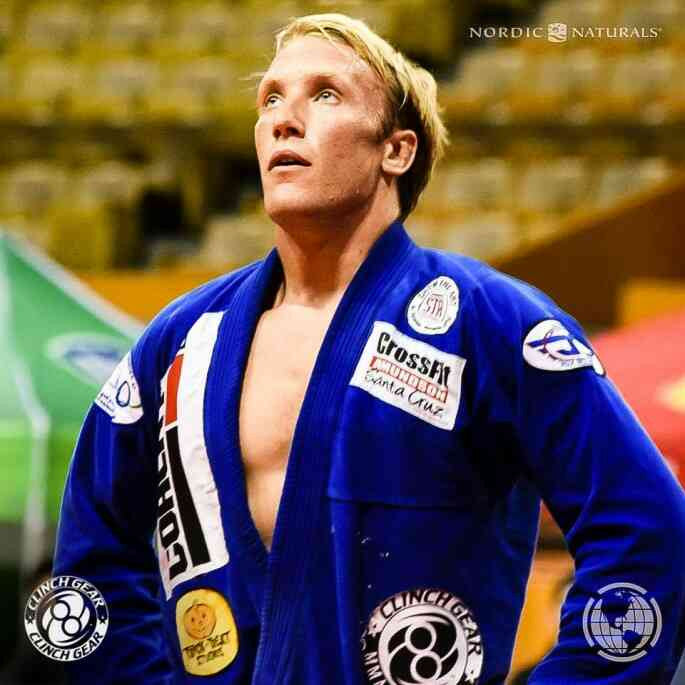How Common Are Head Injuries in Boxing?
According to a recent survey by Made4Fighters, the majority of boxers have experienced symptoms related to head injuries.
Head injuries are well studied in NFL football, but other contact sports such as boxing are lagging behind. In recent years, there has been a lot of attention surrounding chronic traumatic encephalopathy (CTE), which is a severe, permanent brain disorder correlated with repetitive head trauma. A study published in 2017 in the Journal of the American Medical Association found that 99% of NFL players had post-mortem evidence of CTE. When combining high school, college, and NFL football players, CTE was diagnosed in 87% of players.
Due to the nature of boxing, one might assume that repeated blows to the head are common. Concussions can be minor, but even minor repeated concussions can lead to CTE which is permanent and incurable. If the majority of football players have CTE, how concerned should boxers be?
Made4Fighters wanted to learn how common head injuries are among boxers. So they surveyed 45 boxers to find out. The boxers ranged from beginners to professionals.
Key Takeaways
- Almost half (47%) of boxers said they are concerned about the long-term health repercussions of head injuries
- The majority of boxers believe they have had more concussions than they have been diagnosed with
- Only about 1 in 4 boxers wear a head guard to reduce injury risk
- Nearly 2 out of 3 boxers have continued competing despite experiencing a serious head injury
- The overwhelming majority (85%) of boxers do not feel pressured to continue competing if they experience a head injury
- Overall, 87% of boxers reported they would consult a medical professional if they believe they had a concussion
Blows to the Head Are Part of the Sport
Are boxers safe from severe head injuries and CTE? Let's analyze the data.
Unsurprisingly, every boxer surveyed said they have experienced a blow to the head. It comes with the territory.

A blow to the head doesn’t guarantee that a fighter will experience a head injury. However, it’s important to establish a baseline to compare against other martial arts. Some martial arts, such as Aikido for example, are more defensive and therefore it’s possible to go through trainings without receiving a single blow to the head.
Of course, the force behind the blow matters. A weak punch may not be concerning in terms of head injuries, but all it takes is one blow with considerable force to cause a concussion. You have to get knocked out to be concussed.
Head Injuries Can Cause a Range of Symptoms
The study participants reported a range of symptoms.
The majority (58%) of boxers reported they experienced a minor headache either during or after a training session or competition. While minor headaches, dizziness, nausea, or vomiting are concussion-like symptoms, it’s also common to experience these symptoms after over-exertion or heavy physical activity.

Concussion symptoms can vary. They can easily be written off as aches and pains, physical exhaustion, general brain fog, or even the common cold. Additionally, concussions can show up days or weeks after the initial trauma, which can make diagnosing one difficult.
No definite conclusions can be drawn from this data set, but the findings definitely warrant continued research. Regular occurrence of symptoms such as amnesia (18%), slurred speech (20%), trouble sleeping (27%), and concentration problems (31%) are concerning due to their correlation with concussions and CTE.
No Consensus About Concern for Long-Term Impact
Some evidence suggests the boxing community tends to sweep the severity of concussions under the rug. However, other reports suggest many boxers take brain health more seriously than other contact sports such as rugby.
This rings true with the survey findings. There was about a 50:50 split in opinions on long-term health consequences of head injuries. The slight majority of boxers (53%) reported that they were not concerned about potential long-term health consequences from any head injuries they’ve experienced. 47%, on the other hand, said they were concerned.

It’s possible that some boxers, especially those at the beginner level, have not experienced any concussions in their lifetime, so they would have no reason to worry.
Most Believe Concussions Are Under-Reported
There’s a big discrepancy between how many concussions boxers believe they’ve had, and how many concussions they’ve been diagnosed with by a medical professional.
First, Made4Fighters asked participants how many concussions they believe they have experienced. Nearly 2 out of 3 boxers in our study believe they’ve had at least one concussion.

However, 73% of participants said they have never been diagnosed with a concussion by a medical professional.

This discrepancy could be caused by a variety of reasons:
- First, they didn’t ask participants about the severity of their assumed concussions. It’s possible that boxers with minor symptoms didn’t seek treatment due to treatment advice from coaches, referees, or peers. When someone gets a minor concussion, coaches or first responders may tell them to rest up, limit screen times, and avoid alcohol. While it’s always recommended to get checked out by your doctor, some boxers may take this advice and forego going to the doctor.
- Additionally, the lack of health insurance may play a role in the United States and other countries where the health care cost is high. Some boxers without health insurance may not be able to afford medical check-ups or appointments, even for moderate to severe symptoms.
- Perhaps the concussions that most of the surveyed boxers had were relatively minor, which allowed them to feel comfortable treating at home without consulting a physician.
- Lastly, recall that approximately 53% of boxers reported they weren’t concerned with long-term health consequences from head injuries. If that’s true, then those boxers would likely not be easily persuaded to go get an official diagnosis from a medical professional.
Reducing Risk of Head Injuries
Here’s the good news: The overwhelming majority of boxers (87%) limit contact during training to minimize head injuries. This means safe training practices are likely being observed at boxing gyms and studios. It’s likely that limiting the amount of blows to the head that happen in the training ring can help reduce the risk that comes with participating in an inherently violent sport.

Here’s the bad news: Only 27% of boxers consistently use a head guard when sparring or training.

It’s very difficult to completely avoid head injuries in boxing. Based on research, it’s likely that boxing head guards won’t stop the entire impact of the blow, but they can help protect the head from cuts, bruises, scrapes. Some anecdotal evidence suggests that boxers agree with the benefit of using head guards while training, just not in competition.
Why aren’t more boxers wearing head guards? Perhaps it’s due to a pervasive belief in some martial arts communities that head guards lead to increased concussions. This narrative was perpetuated by the International Boxing Association (AIBA) and the Olympic Committee when they stated that removing padded headgear reduces concussions for male boxers. The AIBA stated that this study from the Clinical Journal of Sports Medicine supports their claim. But it’s false.
In fact, the study in question didn’t even track concussions. It used stops by the referees in the ring due to injuries that gave evidence of concussions.In reality, boxing head guards do their job well. Boxing head guards were never meant to offer miracle protection against concussions. They protect the face and head from facial trauma such as lacerations, soft tissue injuries, and cauliflower ear.
Most Have Trained While Injured
The majority of boxers (62%) have continued practicing or competing despite experiencing symptoms of a head injury. Resuming physical activity before a traumatic brain injury has fully healed is asking for more serious damage to take place.

It’s hard to draw any conclusions from this data point due to the fact that head injury symptoms are subjective. This survey also didn’t distinguish between traumatic brain injuries and soft tissue type injuries such as cuts and bruises. More research is needed to fully understand how often boxers are subjecting themselves to repeated head trauma before their concussions have fully healed.
The Majority Don't Feel Pressure to Compete If They Have a Head Injury
Many American football players have anecdotally reported they feel pressure from peers and coaches to continue playing even if they get injured. Some will even avoid disclosing their injuries to medical staff so they can continue competing.
Does this same dynamic exist in boxing?

The data suggests that most boxers do not feel pressured to continue competing if a head injury is suspected. This could be because boxing is an individual sport, while football is a team sport. It also could be due to mandatory stoppages from referees when a head injury occurs and medical ringside professionals watching closely. Boxing creates a different community than other contact sports, and it’s refreshing to see that the majority of boxers feel safe to listen to their bodies and quit when they need to.
Even so, the 15% of boxers who do feel peer pressure is troubling, especially when brain health is on the line.
No Hesitation to Consult Physicians About Concussions
Some athletes believe that a doctor cannot “do” anything to treat a concussion. This could be because Grade 1 concussions are typically treated with rest. Fortunately, the survey findings suggest the majority of boxers would seek treatment for a concussion.

This could be because boxing has a different culture than American football or because there is more awareness and research now about the long term impact of concussions. Boxers are often watched closely in the ring by both referees and ringside professionals for signs of head injuries, so they understand the severity of the situation.
Where Do We Go From Here?
More research is needed to draw definitive conclusions about the incidence of head injuries in boxing. More education about head injuries can help ensure boxers know the symptoms of a concussion to be aware of, which can easily mimic those from over-exertion, exercise, and a variety of other ailments. In addition, it’s important that trainers and gyms create a safe space. There is no shame in stopping if a fighter gets injured.
While CTE is gaining more awareness over recent years, it’s important that boxers understand how serious it is. An individual can develop CTE from multiple hits to the head even if those hits produce no symptoms. In other words, you don’t have to “feel” like you have a concussion to experience detrimental brain damage. The symptoms of CTE should be explained in detail to both boxers and coaches. Additionally, coaches should be proactive in making sure that athletes don’t return to practice or competitions with a traumatic brain injury.
Ultimately, the boxing community should continue to push for more peer-reviewed research, safe training, and a supportive community to help address these challenges.
Methodology
Made4Fighters surveyed 732 martial artists. For the purpose of this report, responses from individuals who only compete in boxing (n=45) were analyzed. 13% of the respondents were female and 87% were male. 23% boxed at the professional levels, 59% identified as intermediate boxers, and 18% were beginners.






